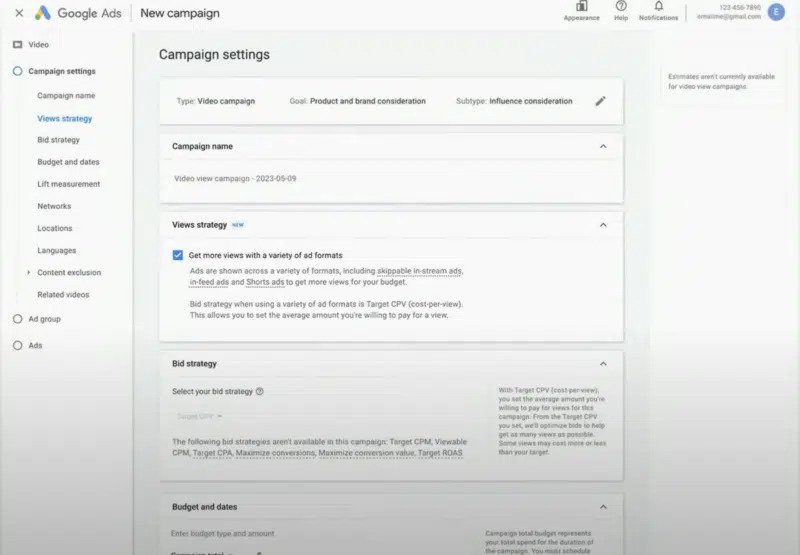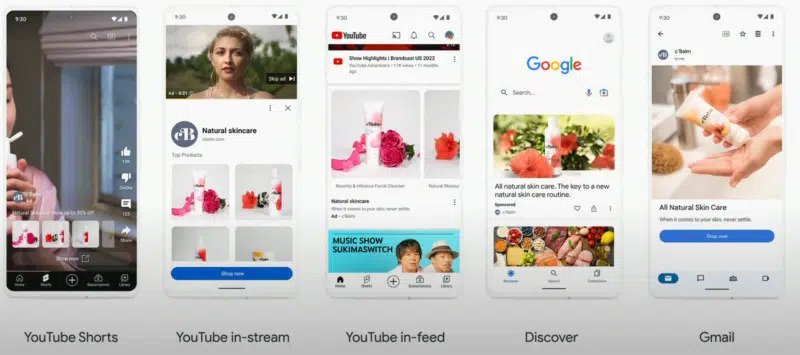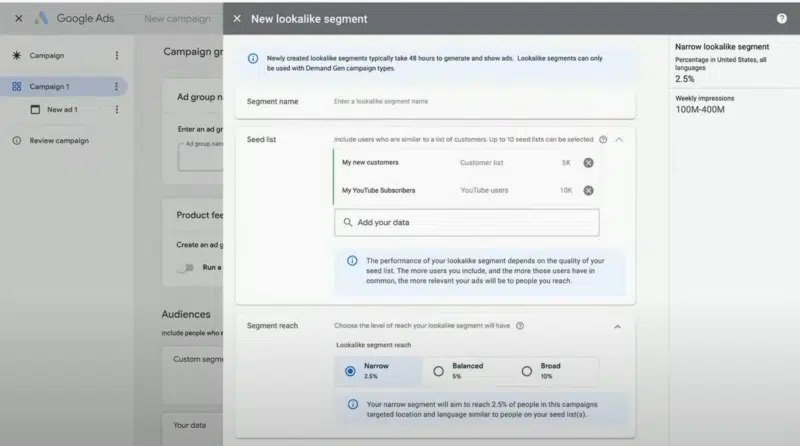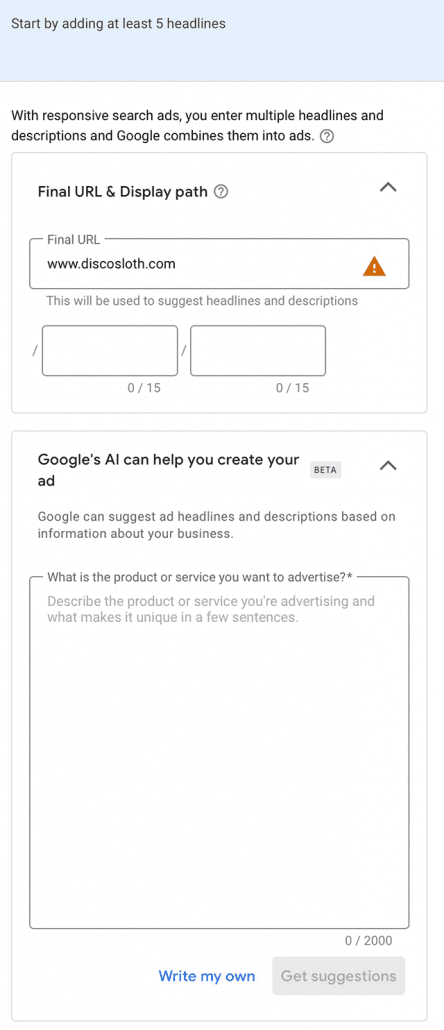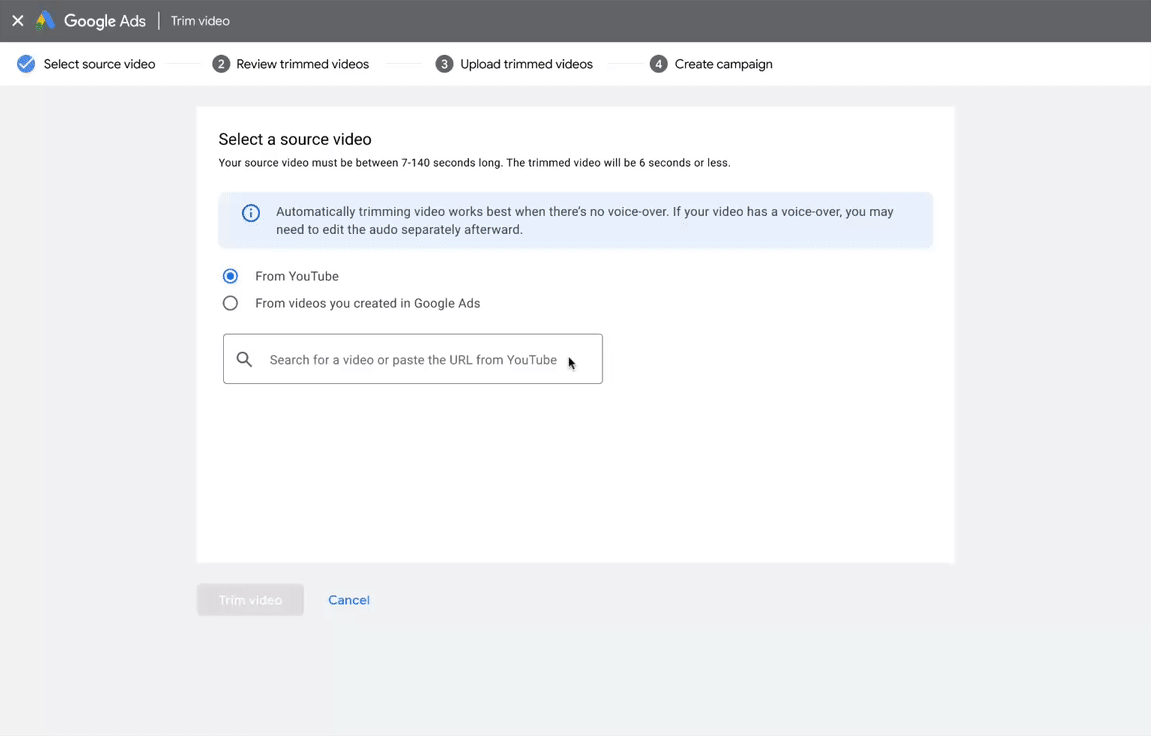Google is giving advertisers the ability to opt out of showing ads across its Search Partner Network (SPN) following a concerning report that suggests ads may be being shown on controversial websites – even if you’ve placed those websites on a blocklist.
The Claims
A report from Adalytics was recently published asserting that an unnamed Fortune 500 company had been upset and “surprised” after it learned that its ads were being served across several non-Google websites.
Specifically, the report says that the company’s ads were being shown on Breitbart.com – a controversial right-wing news site that has been accused of racial bias, misleading articles, and incendiary perspectives. This is particularly problematic, as the company had added the domain to its exclusion list years before.
As Adalytics stated:
“This raises the possibility that ads were served on websites and publishers despite the brand’s deliberate efforts to achieve brand safety and exercise control over their own media investments.”
In response, Google widely denied the claims in Adalytics’ report and suggested they ads shown were intentionally triggered. Still, the company announced it will allow brands to entirely opt-out of showing ads across the SPN if they desire.
The company said:
“Though we take enormous issue with Adalytics’ methodology and conclusions, we always look to improve our products to meet our partners’ needs.”
Why It Matters
Having your ads shown alongside inappropriate or hateful content can be damaging to a brand’s reputation and develop negative associations for those who see it. Additionally, those who frequent problematic websites are unlikely to be your target market, so your ad budget is likely being wasted when this happens.
Similar issues at X (formerly Twitter) have recently led to several large advertisers to publicly announce they were pulling ads from the social network following a report indicating X was displaying these ads alongside hate speech, racist, and white nationalist content.
By giving advertisers the opportunity to opt-out, Google is ensuring that brands still can feel comfortable their ads aren’t being shown alongside objectionable content while the information from Adalytics’ report is further investigated.
For more, read the full report here.


